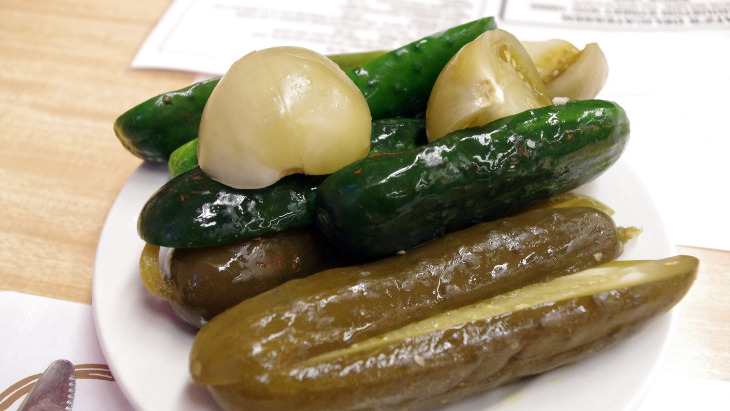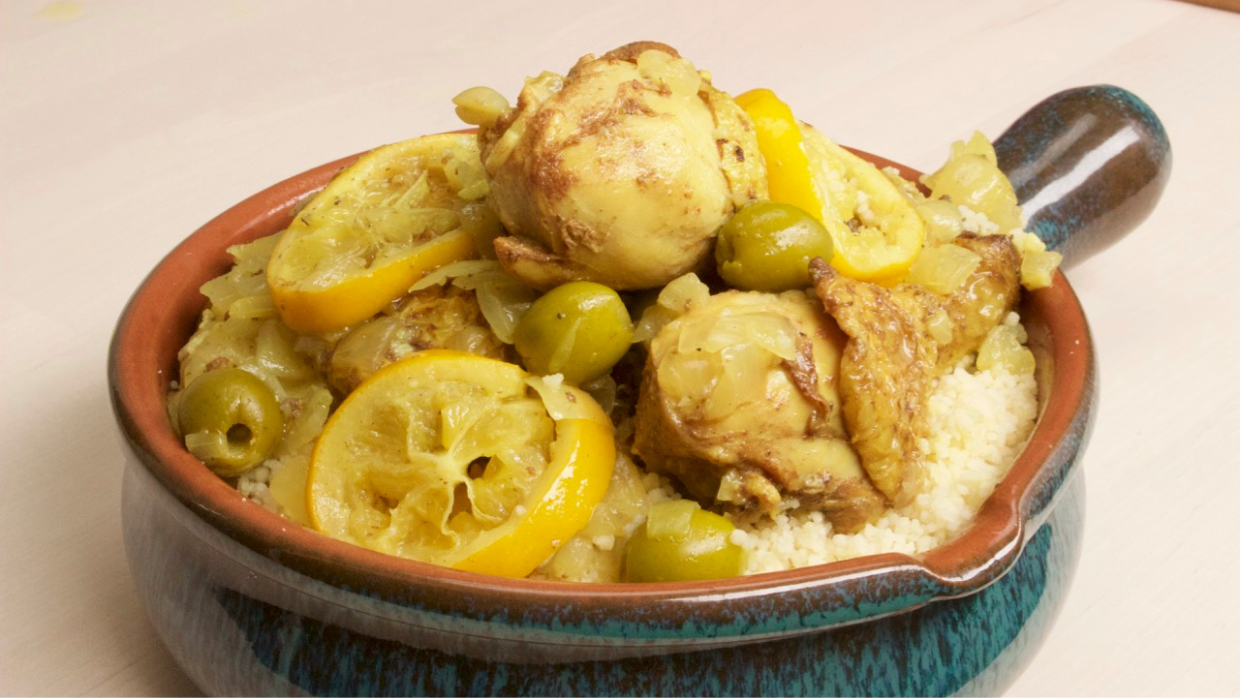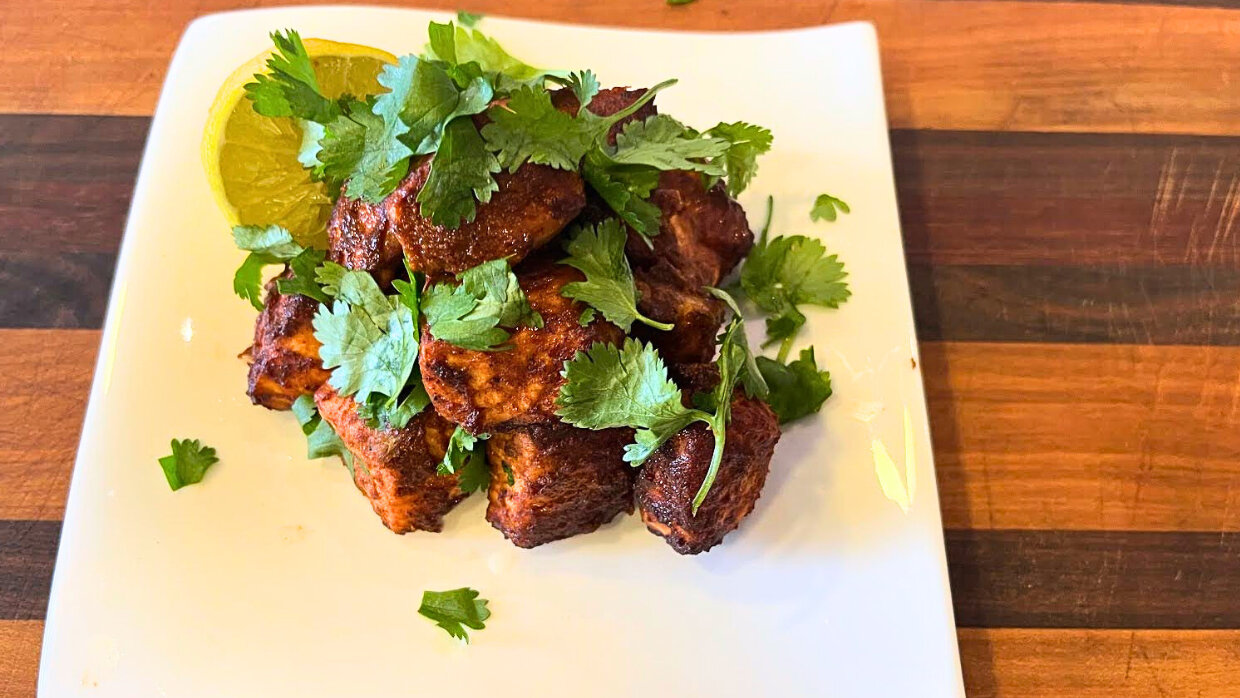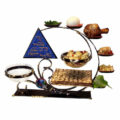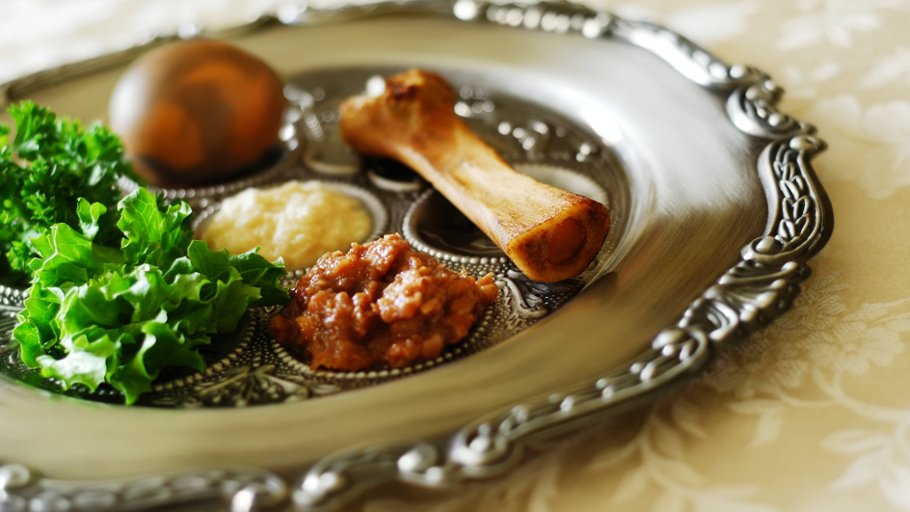How did pickles become one of the quintessential Jewish foods? Used in nearly every burger restaurant, deli, or sandwich shop, pickled cucumbers have become one of the most iconic Jewish bites in the world. Now, let's find out why.
What's a Pickle?
Pickles are no modern invention. They've been around for thousands of years, with records showing documentation of pickles as far back as 2030 BCE when Indian cucumbers were pickled in the Tigris Valley. However, the word pickle itself comes from the Dutch “Pekel,” or German “Pokel,” which means brine in their respective languages.
Pickling was a necessity for Old World Jews, and poor villages in Eastern Europe, as a way to preserve meats, fruits, and vegetables for long periods of time.
During the cold winters of Eastern Europe having a back up plan for food was crucial for survival, so having several jars of pickled vegetables and cucumbers on hand was a perfect way to ensure survival during the difficult months of winter. The pickles would last them through those tough stretches until new crops of fresh produce were ready to be harvested.
What makes pickling such a great invention is that when you pickle not only are you preserving the food, and making it more flavorful, but you are also using up food that may have otherwise gone to waste.
How Pickles Are Made
Like most Jewish foods that came from Eastern Europe, pickles arrived in America during one of the big waves of immigration to New York City, during the late 19th century and early 20th century.
Immigrants introduced the traditional recipes for kosher dill pickles to America. The recipe was simple and easy: cucumbers were washed, then put into large wooden barrels along with dill, garlic, spices, kosher salt and clean water.
They were then left to ferment for anywhere from a few weeks to several months, and the differing fermentation periods affected the taste. With shorter fermenting periods producing half sour, bright green pickles, and longer fermentation periods producing the dark green full sour pickles.
The History of Pickles
Nick Vadasz, world renowned pickle expert and the brains behind a pickle and fermentation company, explains how pickles have changed in the public eye: "Traditionally it was something Granny or Mum did, but things changed, especially when industrialization took hold and more women went out to work. Communities stopped preserving as much and relied more on the availability of many pickled foods and other common fermented items, like wine, cheese, bread and charcuterie being produced commercially."
He continues to say, "However, in recent years, there’s been a renaissance in the art of pickling and preserving; a desire to reclaim these lost skills, especially from younger people."
We are seeing in real time a massive paradigm shift in the way pickles are created and consumed, with modern chefs applying more creative and unique techniques to the century old Jewish staple.
 Source: The Pickle Guys
Source: The Pickle Guys
During their heyday, there were estimated to be more than 80 pickle vendors on Essex Street alone, with more than 200 pickle vendors in all of New York City. Today the only pickle shop still up and running in New York is "The Pickle Guys," who have been working at their craft for over a century, and have continued to reinvent the classic food with their new creative twists on their original recipes. They currently boast a whopping 40 different barrels of pickled cucumbers, vegetables, and fruits.
Pickle Flavors
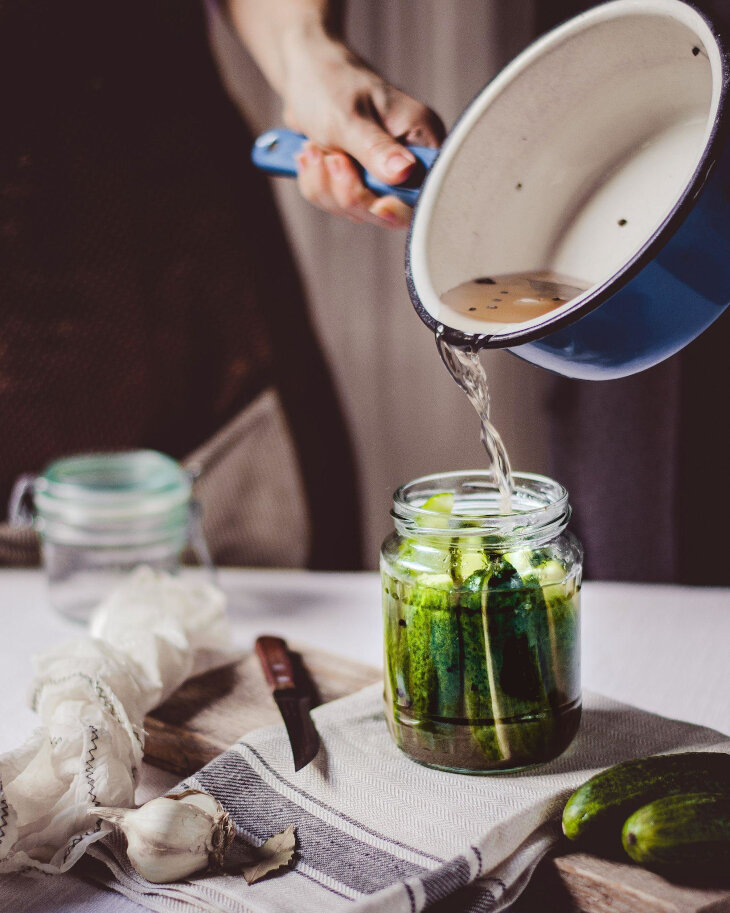
There are several varieties of pickles to be enjoyed. First and foremost the classic dill pickle, known to be crunchy tart and juicy, it's a New York classic for a reason. In the recent pickle revolution we've started to see mangos, pineapple, and other fruit getting pickled. As well as okra, spicy peppers, watermelon, tomatoes, and everything but the kitchen sink!
Outside of New York, pickles are also popular all over the world. While not Jewish, the French cornichon uses small gherkins in the pickling process, for a tarter and more concentrated bite. They are commonly served as hors d'oeuvres in parties and events in France.
Interestingly enough, there is a marked difference between Israeli and American pickles. While the Americans pickle the traditional Kirby variety of cucumber, a thick cucumber with rough skin, the Israelis use Middle Eastern cucumbers, which are thinner, smoother, and smaller than their American counterparts. And while the American version uses dill and garlic to get their refreshing flavor, the Israeli pickle aims at packing a punch by using spicy peppers in the brine instead.
It's fascinating to see the new and inventive ideas young chefs are coming up with to put a twist on the ancient pickle, with each chef coming up with more and more creative ways of fermenting and preserving. What started off as a way to preserve vegetables and fruit in the cold winter months of Eastern Europe has now undergone a revolution. In the end, it’s no longer the cucumbers we're aiming to preserve, it's our Jewish history and heritage.





